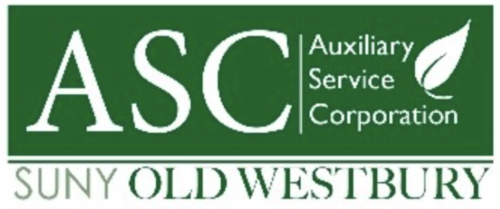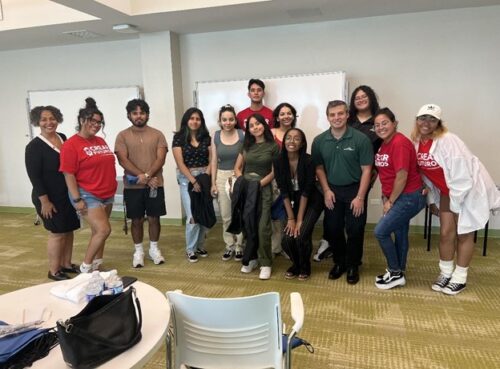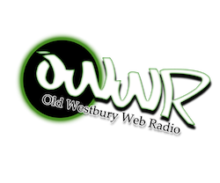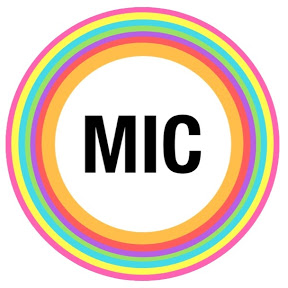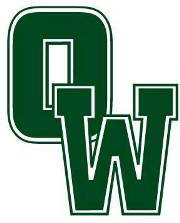
Art can be traced back tens of thousands of years, starting with the Lascaux cave paintings of the Paleolithic era. Residing near Montignac, France, the 15,000 to 17,000 year old collection of paintings include depictions of animals. Since then, the world has seen a plethora of other art movements. The most recent movement, the Contemporary art movement, is filled with street art, feminist art, and maybe most popular, digital art. Art has been an integral part of human existence. It has depicted our history and allowed us to think critically about society and its institutions. But, what is art when humanity is removed from it?
Artificial Intelligence, or AI, has taken the world by storm in the last few decades. In a 2004 paper, AI pioneer John McCarthy defined it as follows, “It is the science and engineering of making intelligent machines, especially intelligent computer programs.” AI has since dramatically advanced. In January 2021, the company OpenAI released DALL-E, followed by DALL-E 2. The systems create realistic images and art from a text description. When the text is given, it’s encoded into a machine input. Then, it’s processed by the machine and fed through a decoder that decodes this into a visible image. According to medium.com, the system can make realistic edits to already existing images, adding or removing elements while taking shadows, reflections, and textures into account.
OpenAI isn’t the only company pushing out AI art generators. There’s an AI arms race between them and similar companies like Stable Diffusion and Midjourney. The recent rise of these generators have sparked large debates around plagiarism. People have criticized the AI for art theft. Visual Arts Professor at SUNY Old Westbury, Eric Hagan states, “there’s questions about the source material… artists are not consulted about the material.” He says it brings up a “question of intellectual property.” He further explains that AI art is like knockoff handbags: the bag may look like the original design, but it’s not. Jordan Gonzalez, who majors in special education and minors in art at SUNY Old Westbury, explains that she thinks AI art is cool, but “it’s a form of plagiarism.” She says, “I tried AI art, I felt like it smacked your face on existing art.”
People, particularly artists, have become worried about the increase of AI generated art. What does this mean for the future of their jobs? SUNY Old Westbury art student, Felix Sanchez, says, “It’s definitely going to rip jobs from people.” Sanchez works in film as one of his side jobs. He has had to make multiple layers in a program to create cool edits like fire, but nowadays, there are phone applications that do that with a push of a button. Professor Hagan says the artists who’ll be most affected will be “anyone who is making primarily digital work, people who are doing animation, video, photography and illustration.” He continued, “being able to make small changes as an artist takes a long time, but on a computer it’s quick.”
Another question that arises in the recent debates surrounding AI is, what constitutes art? Historically, art has been a form of human expression, but if it’s not created by a human, is it still art? Professor Hagan says at this moment, AI art isn’t real art. “It’s impressive and has won competitions, but a robot’s not feeling anything, the ability to project an emotion… robots can’t do that,” he explained. Sanchez says creating AI art cheapens the experience and that “it’s an easier shortcut to an end goal.” OpenAI’s hope is that DALL-E will empower people to express themselves creatively and to understand how advanced AI systems see and understand our world. According to openai.com, this is critical to their mission, which is to create AI that benefits humanity. But, is something beneficial to humanity if it has caused so much controversy?

